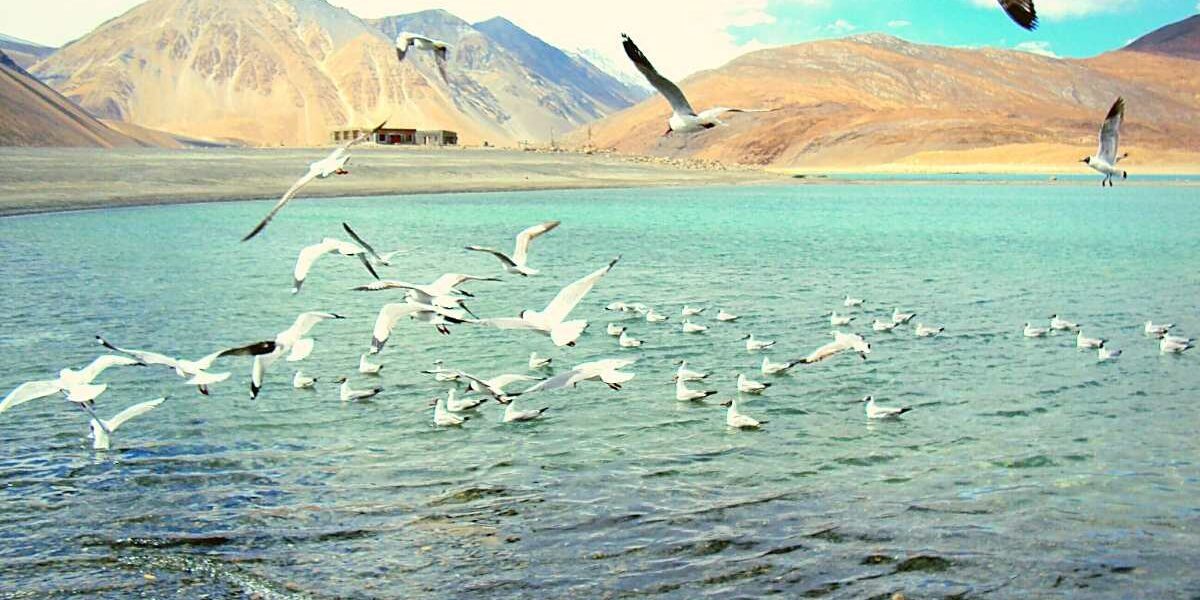Nestled high in the Himalayas, the sacred lakes of Ladakh stand as a testament to both nature’s grandeur and humanity’s reverence for the mystical. Known for their mirror-like reflections, pristine beauty, and a serenity that transcends description, these lakes are not only natural wonders but also deeply sacred sites. From the spiritual legends woven around them to the local customs and peaceful solitude they offer, Ladakh’s lakes captivate travelers seeking connection, self-reflection, and peace.
Introduction to the Sacred Lakes of Ladakh
Why the Lakes of Ladakh Are Considered Sacred
For centuries, Ladakh’s lakes have been revered by local communities as sacred places, believed to be guarded by divine forces and inhabited by spirits. These lakes are a focal point for spiritual activities, reflecting the beliefs of Tibetan Buddhism and Ladakhi folklore. The pristine waters and tranquil settings create an atmosphere of peace, making these lakes significant for spiritual reflection.
The Role of Lakes in Ladakhi Culture and Buddhism
Ladakh’s lakes are not only sacred but deeply tied to the Buddhist way of life practiced in the region. Monasteries and meditation spots near these lakes attract monks, pilgrims, and travelers seeking spiritual growth. The high-altitude waters represent both nature’s purity and the meditative, introspective practices of Buddhism, resonating with those seeking solace in Ladakh’s remote landscapes.
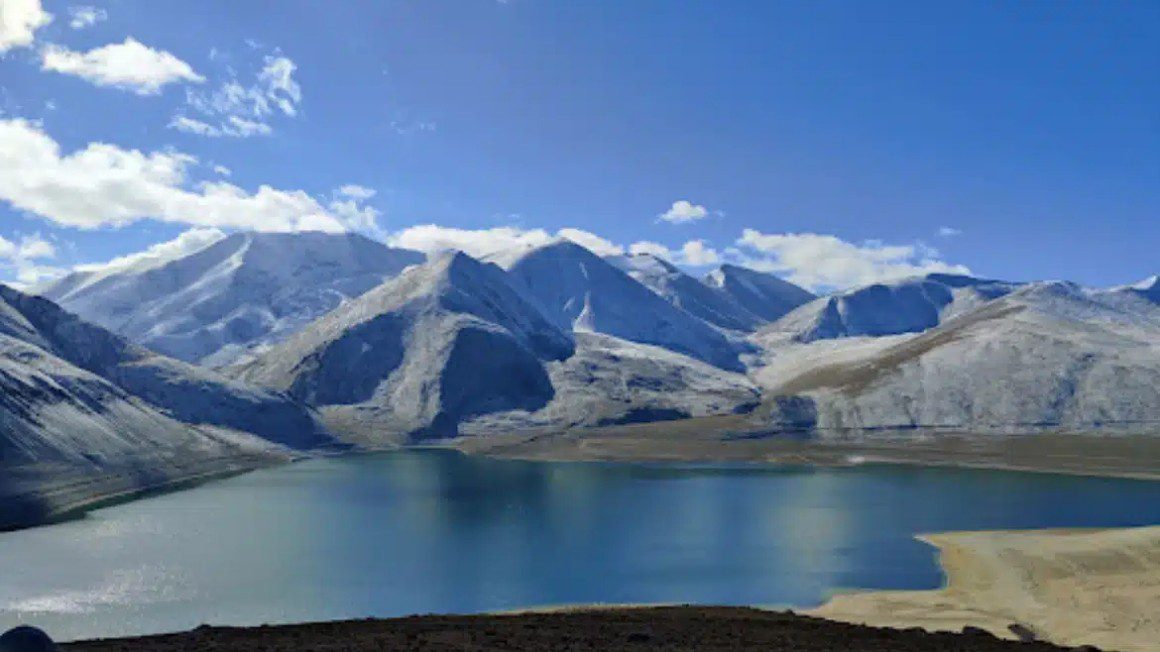
Journey Through Ladakh’s Most Sacred Lakes
Pangong Lake: The Pristine Jewel of Ladakh
One of Ladakh’s most famous lakes, Pangong Lake captivates travelers with its stunning blue hues and surreal landscapes. Located at 4,350 meters, the lake changes color throughout the day, shifting from blue to green to grey, depending on the sunlight. Beyond its visual appeal, Pangong Lake is sacred to local communities who believe that it brings peace and blessings to those who visit.
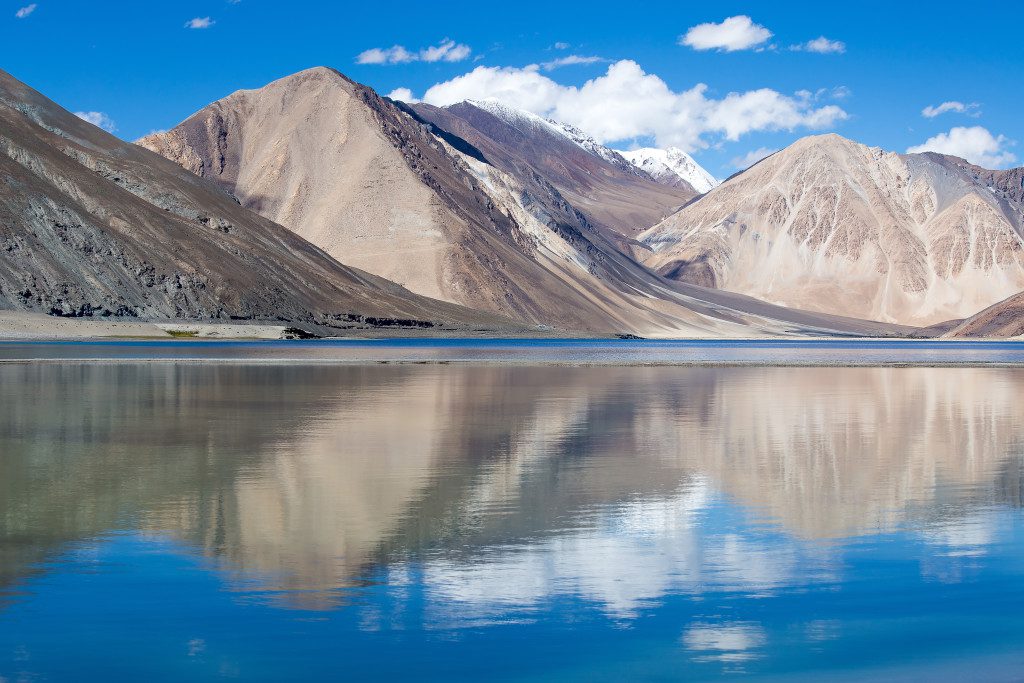
Customer Testimonial
“Standing by Pangong Lake felt like being in a different world. It’s as if the lake holds stories from centuries past. It was a deeply spiritual experience.”
— Sophia R., Writer, United States
Tso Moriri Lake: A High-Altitude Haven for Serenity
Tso Moriri is a remote high-altitude lake nestled in the Changthang Plateau. With its crystal-clear waters, this lake offers visitors a breathtaking setting for reflection. Known for its spiritual importance, the lake is a source of peace for pilgrims and travelers alike. Tso Moriri is also home to rare species like the black-necked crane, and the surrounding wetlands are protected due to their ecological significance.
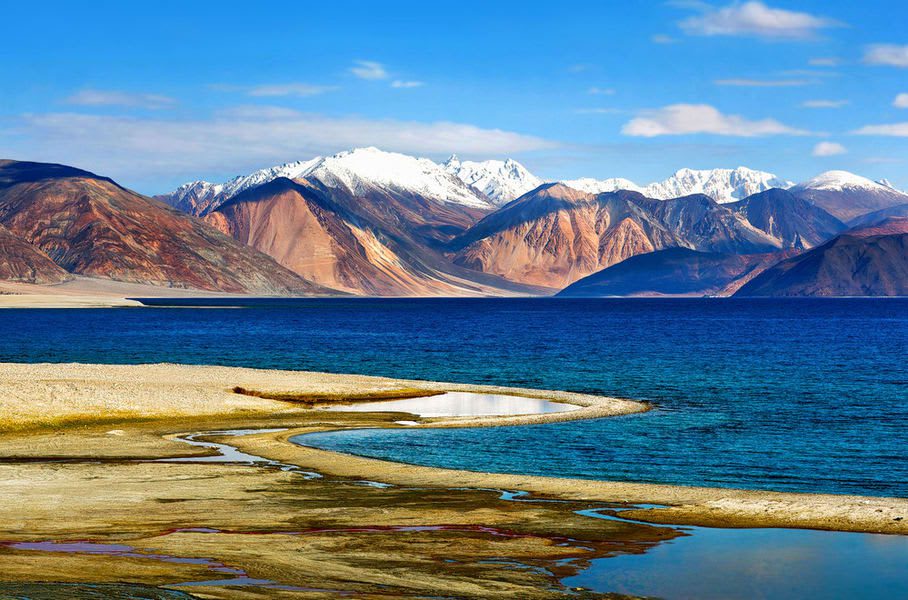
Customer Testimonial
“Visiting Tso Moriri Lake was a transformative experience. The vast, open landscapes and peaceful waters made it easy to reflect and reconnect with myself.”
— Liam J., Ecologist, Australia
Tsokar Lake: The White Salt Lake of the Changthang Plateau
The unique Tsokar Lake is known as the “White Lake” due to its high salinity, which gives the lake its distinctive white shores. Tsokar’s serene yet haunting beauty is revered by the Changpa nomads, who believe the lake is blessed. This lake also supports rare wildlife, such as migratory birds, adding to its ecological and spiritual importance.

Customer Testimonial
“Tsokar Lake felt otherworldly. There’s a mystical aura around the place that feels ancient and sacred.”
— Maya T., Photographer, Canada
Yarab Tso: The Hidden Gem in Nubra Valley
Less known but deeply revered, Yarab Tso is a hidden gem located near the Nubra Valley. Tucked away near Sumur village, this lake is cherished for its tranquil beauty. Unlike other lakes, Yarab Tso is visited primarily by locals and Buddhist monks seeking meditation. The lake remains untouched by heavy tourism, preserving its sacred and quiet atmosphere.
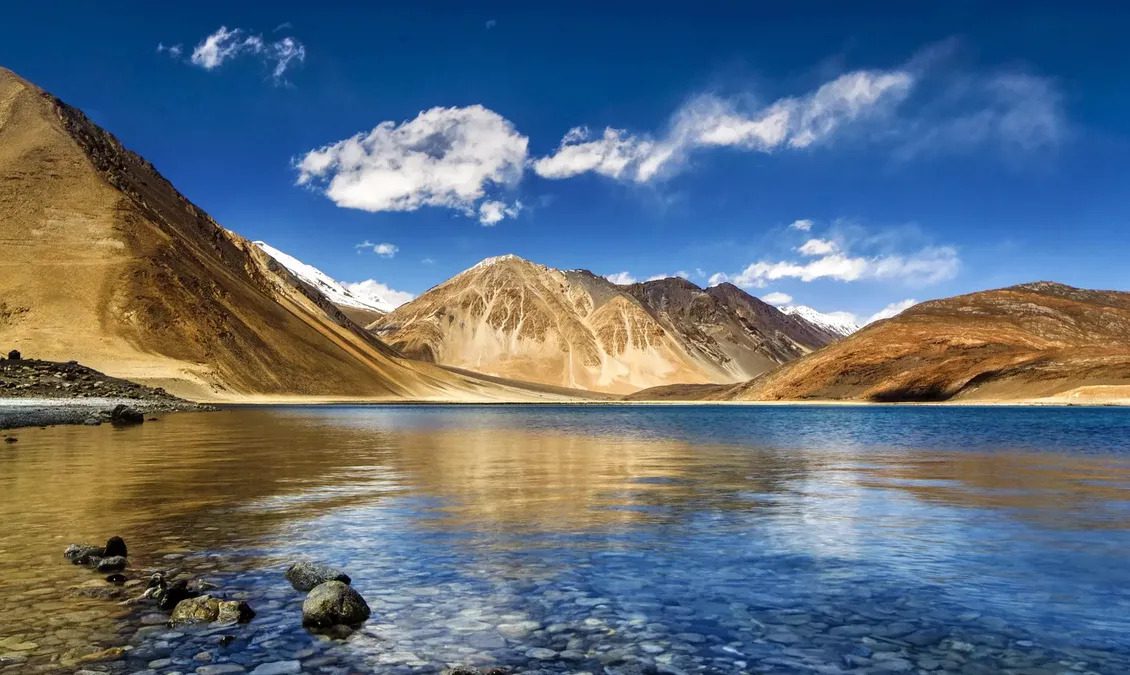
Customer Testimonial
“Yarab Tso is a place of quiet contemplation. Its seclusion and beauty make it feel like a sanctuary away from the world.”
— Thomas K., Teacher, Germany
Kyagar Tso: A Lesser-Known, Sacred Lake
Kyagar Tso may be smaller than other lakes in Ladakh, but it is no less beautiful. Known for its mirror-like reflections of the surrounding mountains, Kyagar Tso offers a peaceful setting that embodies Ladakh’s quiet beauty. This lake is a sacred spot for those seeking solitude and serenity, making it a must-visit for spiritual travelers.
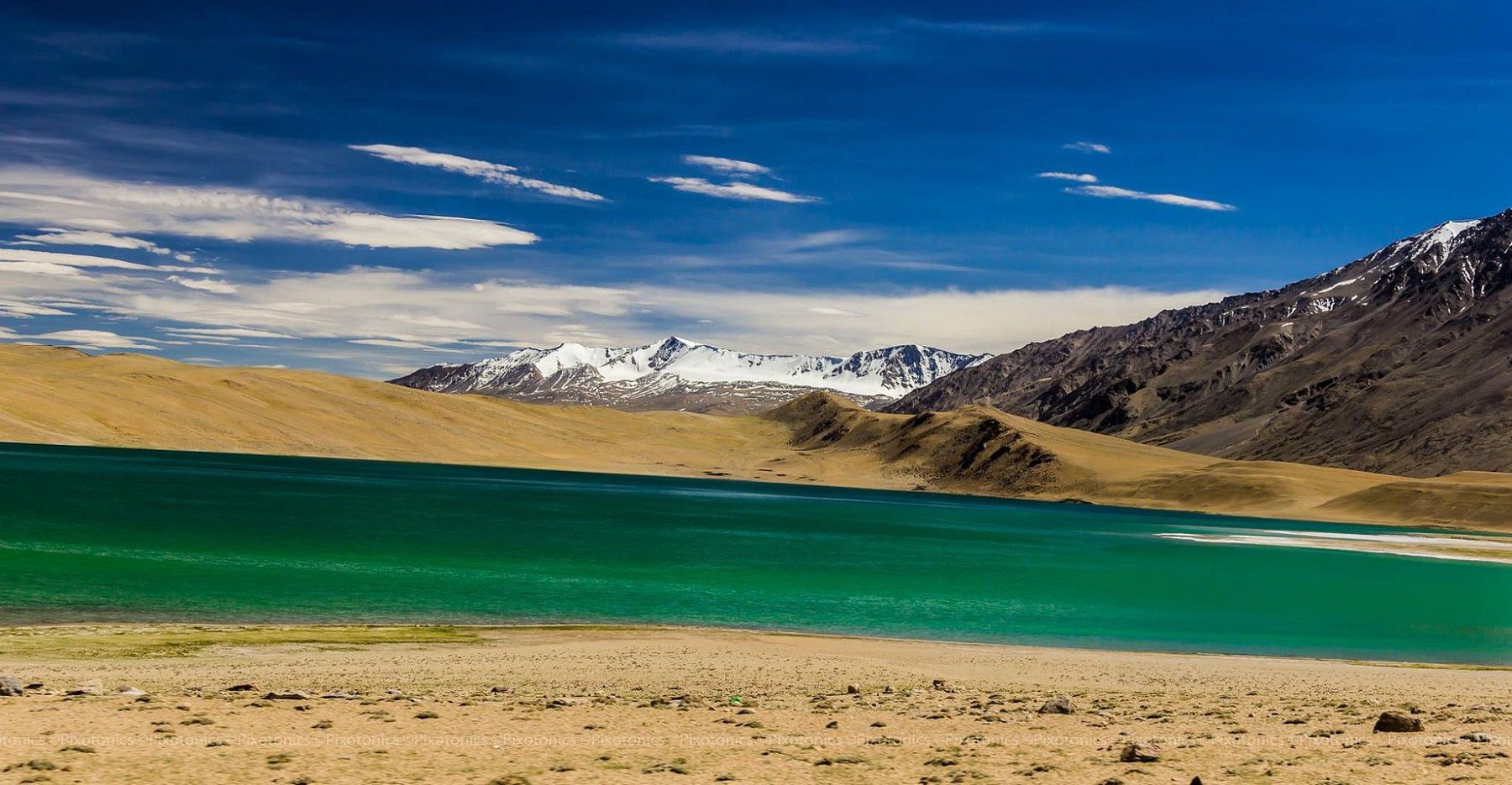
Legends and Myths Surrounding the Sacred Lakes of Ladakh
Mystical Folklore of Ladakh’s Lakes
The lakes of Ladakh have inspired countless legends over the centuries. Local communities share tales of spirits, lake guardians, and mystical creatures believed to protect these sacred waters. According to legend, Pangong Lake is guarded by a divine force, protecting the valley from negative energies.
How Buddhist Legends and Beliefs Shape the Sacredness of These Lakes
Buddhist beliefs also play a central role in the reverence for these lakes. It’s said that the Dalai Lama himself visited Tso Moriri, blessing the lake and its surrounding areas. Many of these lakes are believed to be home to deities, a belief that adds to their significance in Ladakhi Buddhism.
Exploring the Spiritual Journey and Reflection by Ladakh’s Lakes
The Sacred Lakes as Sites for Meditation and Self-Reflection
The sacred lakes of Ladakh are ideal locations for meditation and introspection. The solitude and natural beauty make them a haven for people looking to reconnect with themselves. Monks and spiritual travelers often come to meditate, taking advantage of the peaceful energy these lakes radiate.
The Lakes’ Role in Local Pilgrimages and Religious Practices
Each year, local communities and pilgrims visit these sacred lakes as part of their spiritual practices. These pilgrimages are not just about visiting a place; they are about connecting deeply with nature and with Ladakhi Buddhist spirituality, reinforcing the significance of these sites in religious practice.
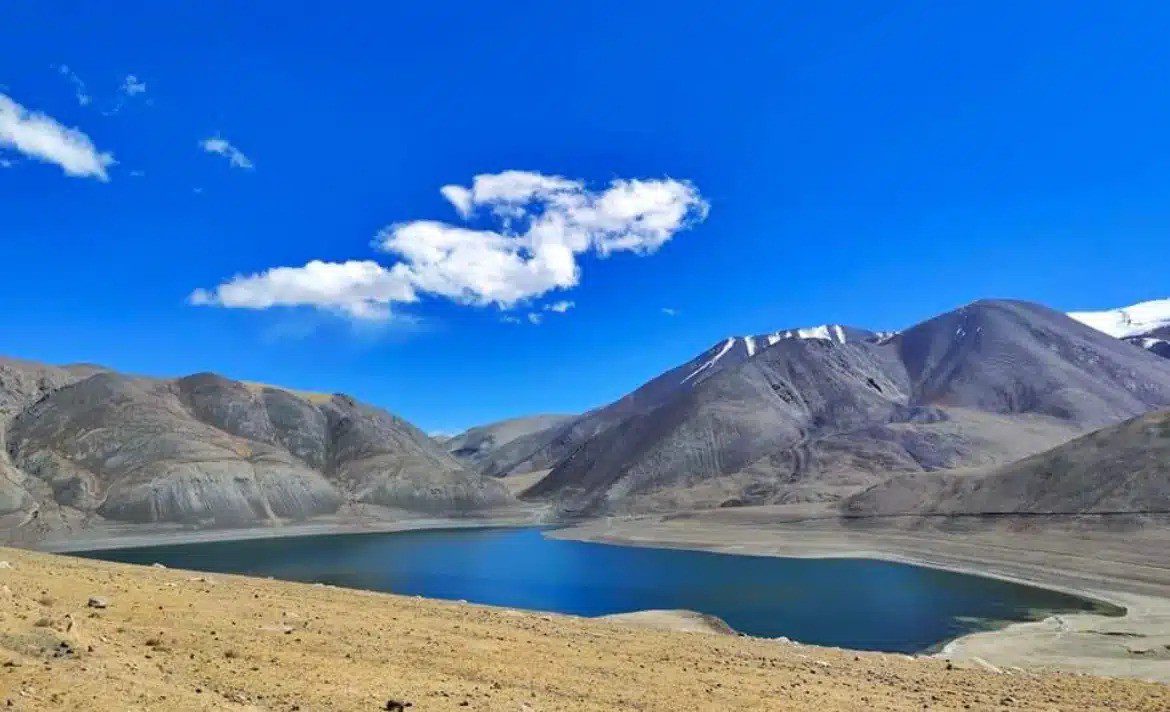
The Natural Beauty and Scenic Allure of Ladakh’s Sacred Lakes
Stunning Views and Photography Opportunities by the Lakes
The beauty of Ladakh’s lakes is unmatched. Travelers can enjoy endless photo opportunities, from capturing the reflection of mountains on Pangong Lake to the serene morning views over Tso Moriri. The changing colors of these lakes provide photographers with mesmerizing subjects.
Best Seasons to Visit Ladakh’s Sacred Lakes
The best time to visit Ladakh’s lakes is from May to September, when the lakes are accessible and the weather is more hospitable. During winter, many lakes freeze over, creating an otherworldly beauty but limiting accessibility.
The Flora, Fauna, and Ecosystems Around Ladakh’s Lakes
Wildlife and Rare Species Found Around Sacred Lakes
The sacred lakes are not only culturally significant but also ecologically vital. They provide a habitat for rare species, including migratory birds like the bar-headed goose and the black-necked crane. These lakes contribute to Ladakh’s biodiversity, emphasizing the importance of conservation.
Conservation Efforts to Protect Ladakh’s Lakes
Local and international conservation efforts focus on protecting these lakes from pollution and preserving their ecosystems. Sustainable tourism practices are encouraged to help minimize the human impact on these pristine sites.
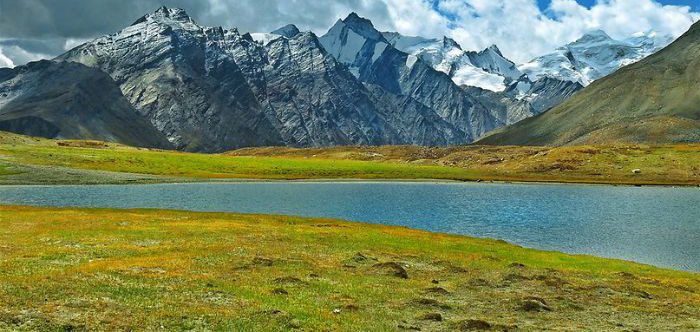
Practical Tips for Visiting the Sacred Lakes of Ladakh
Essential Packing and Preparation for High-Altitude Lakes
Given the high altitude, it’s essential to pack appropriately. Visitors should carry warm clothing, water bottles, high-altitude medications, and energy snacks. The remote location of many of these lakes also makes it advisable to travel with a guide.
Eco-Friendly Travel Tips to Ladakh’s Sacred Lakes
To protect these fragile environments, travelers are encouraged to respect nature, avoid littering, and support local eco-friendly initiatives. Sustainable tourism is crucial to preserving the beauty and sanctity of Ladakh’s lakes.
Cultural Interactions and Local Communities’ Connection to the Lakes
The Role of Local Communities in Preserving Ladakh’s Lakes
Local communities play an active role in preserving these lakes through conservation efforts and education. Many Ladakhi people regard these lakes as sacred ancestors, instilling a deep-rooted respect for their protection.
Traditional Rituals and Ceremonies at Sacred Lakes
Many local rituals and ceremonies take place around these lakes, performed by monks and villagers who honor the spiritual guardians of these waters. These traditions add a layer of cultural depth to the lakes, making each visit an immersion in Ladakhi spirituality.
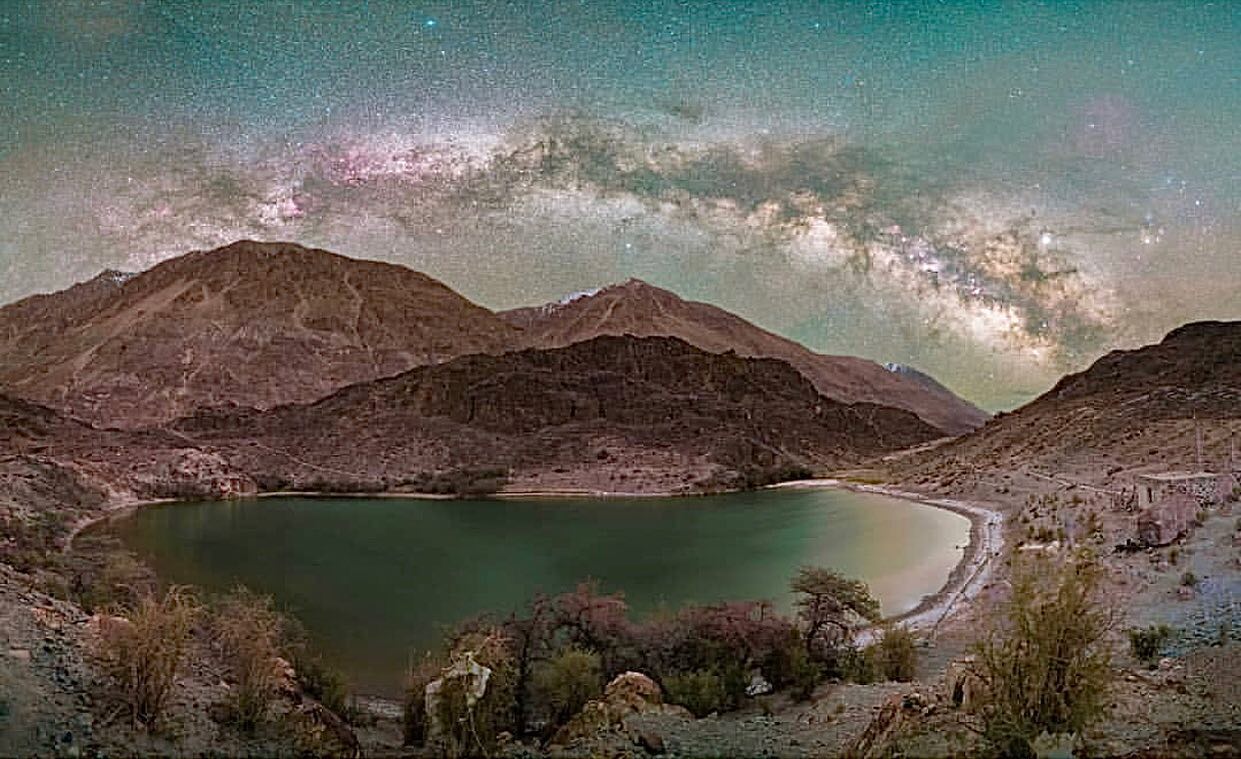
Nearby Sacred Sites and Monasteries to Visit
Buddhist Monasteries Near Sacred Lakes
Buddhist monasteries such as Hemis Monastery and Thiksey Monastery are located close to Ladakh’s lakes, providing additional spiritual sites to visit. Many monasteries offer stunning views of the lakes and surrounding mountains, enhancing the sense of serenity.
Spiritual Destinations to Add to Your Ladakh Itinerary
Apart from the lakes, there are numerous sacred sites and stupas throughout Ladakh. Adding these to your itinerary can provide a holistic spiritual journey, blending natural beauty with cultural heritage.
Conclusion: Embracing the Serenity and Legends of Ladakh’s Sacred Lakes
Final Thoughts on the Sacred Lakes of Ladakh
The sacred lakes of Ladakh are more than just natural wonders; they are places of introspection, spirituality, and cultural significance. By visiting these lakes, travelers can experience a rare blend of tranquility and mysticism that leaves a lasting impact.
Customer Testimonial
“The sacred lakes of Ladakh offer a sanctuary of peace and beauty. Each lake has its unique aura, and the legends make the experience even more meaningful.”
— James R., Historian, United Kingdom
Reflecting on the Legends and Natural Beauty of Ladakh’s Lakes
The legends, natural beauty, and cultural heritage make Ladakh’s lakes unforgettable. They are places where visitors can not only admire nature but also feel a deep connection to Ladakh’s spiritual traditions, preserving memories that remain long after the journey ends.
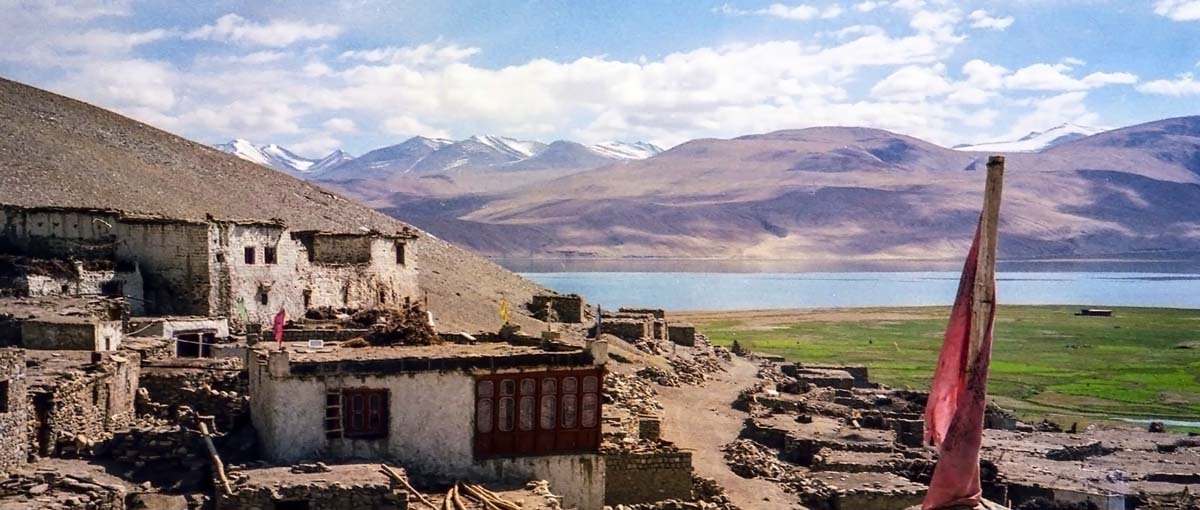
Frequently Asked Questions
1. What is the best time to visit Ladakh’s sacred lakes?
The best time to visit Ladakh’s lakes is between May and September. During these months, the weather is more favorable, and most lakes are accessible.
2. Why are the lakes of Ladakh considered sacred?
Ladakh’s lakes are revered due to Buddhist beliefs, legends, and local folklore that view these lakes as holy sites, often believed to be guarded by divine forces.
3. Are the sacred lakes of Ladakh suitable for meditation?
Yes, the serene and remote locations of these lakes make them ideal for meditation and self-reflection, drawing both locals and travelers seeking peace.
4. Which is the most popular sacred lake in Ladakh?
Pangong Lake is perhaps the most famous due to its stunning beauty and the fact it has been featured in various films. It is a popular destination among travelers.
5. Are there eco-friendly ways to visit Ladakh’s sacred lakes?
Travelers are encouraged to practice eco-friendly tourism, such as avoiding littering, respecting wildlife, and supporting conservation efforts to help preserve these sacred sites.
6. What wildlife can be found around Ladakh’s lakes?
Many lakes in Ladakh are habitats for rare species such as the black-necked crane, bar-headed goose, and other migratory birds, adding to the lakes’ ecological importance.

